In the past, cricket was predominantly Test Cricket and the game saw some of the best all-rounders in cricket history who could bat as effectively as bowl. Over the years, cricket evolved and the era of specialists took over and players prefer to master and focus on one skill. While there are bits and pieces players in all teams, genuine all-rounders are becoming extinct in Modern Cricket
Presented by: Raghunath Nair
Introduction
In the game of cricket apart from being an athlete who can run, stop the ball, and take catches in the outfield, a cricketer needs to be proficient either as a Batsman or as a Bowler. Even a wicketkeeper needs to be a decent batter to be in the playing eleven.
But when a team has a player who can bat and bowl, he becomes the most important player in the team purely for his multidimensional skill sets.
A genuine allrounder has to be a person who can be in the team solely on the skill of one trait.
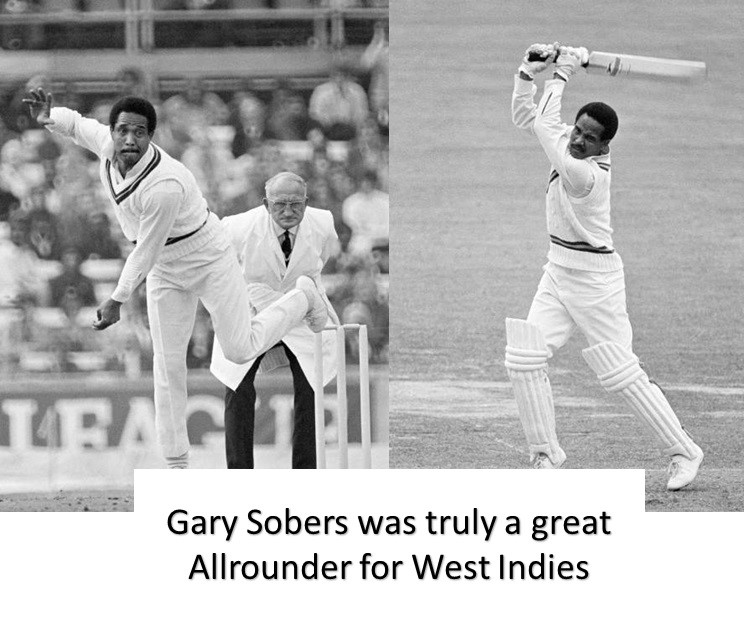
In the past, when the game of cricket had only two formats, genuine all-rounders were always part of the team.
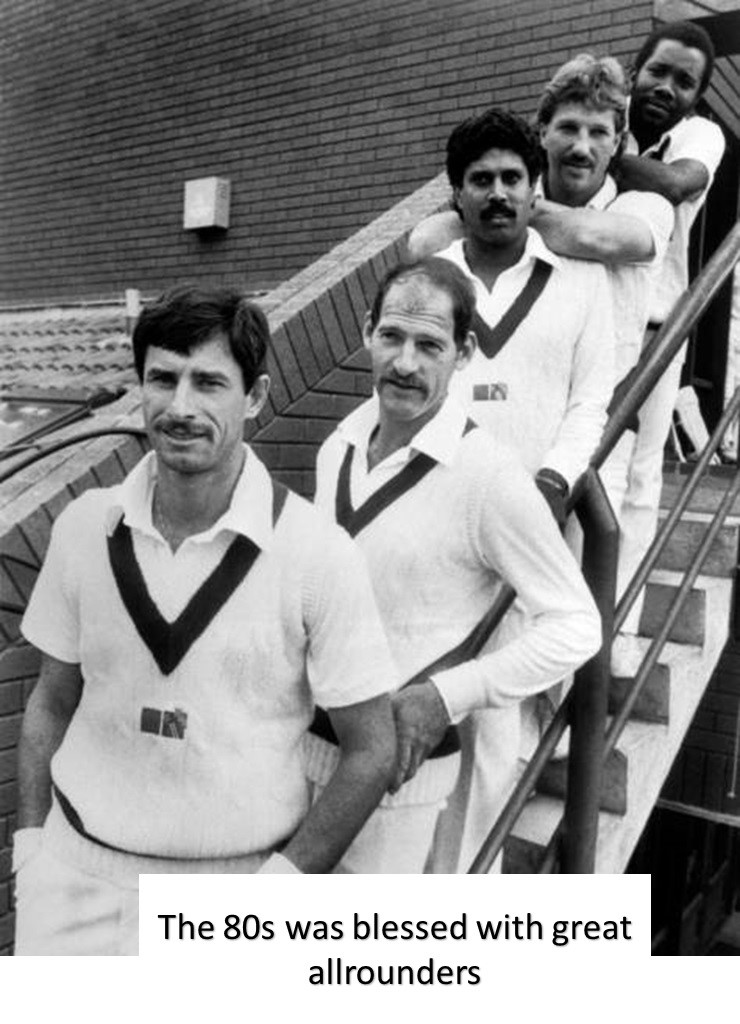
The likes of Gary Sobers, Imran Khan, Ian Botham and India’s Kapil Dev are some of the best all-rounders in cricket history who dominated cricket in their era as they were always in the game, while batting or fielding.
In the modern era, Jacques Kallis, and Freddy Flintoff were the few genuine fast bowling all-rounders who could come into the team as a bowler or as a batter.
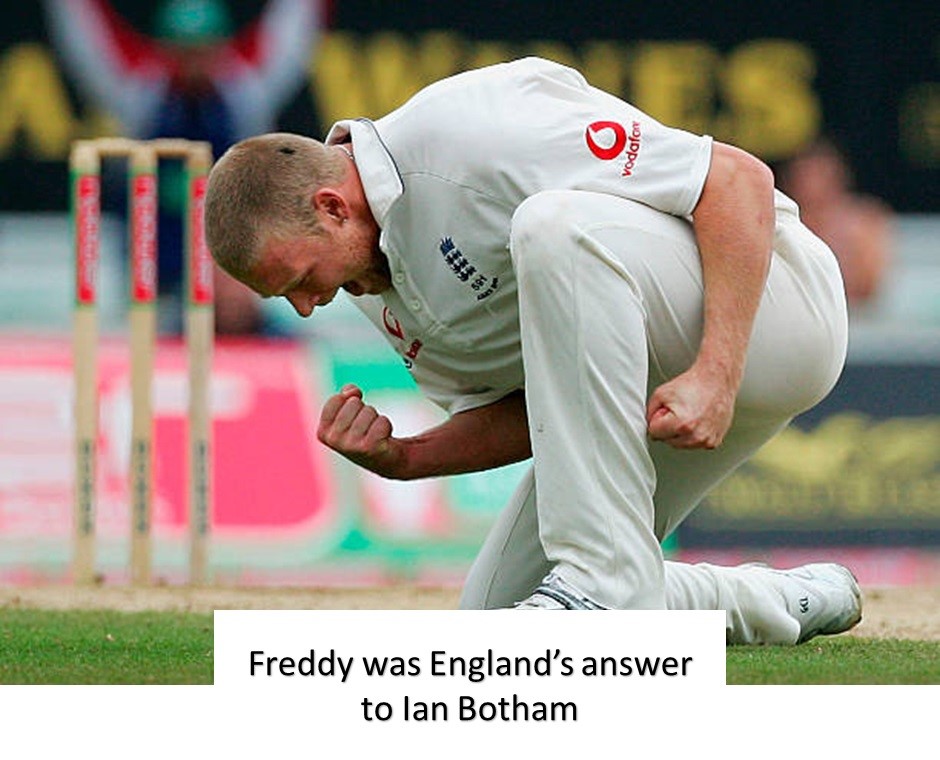
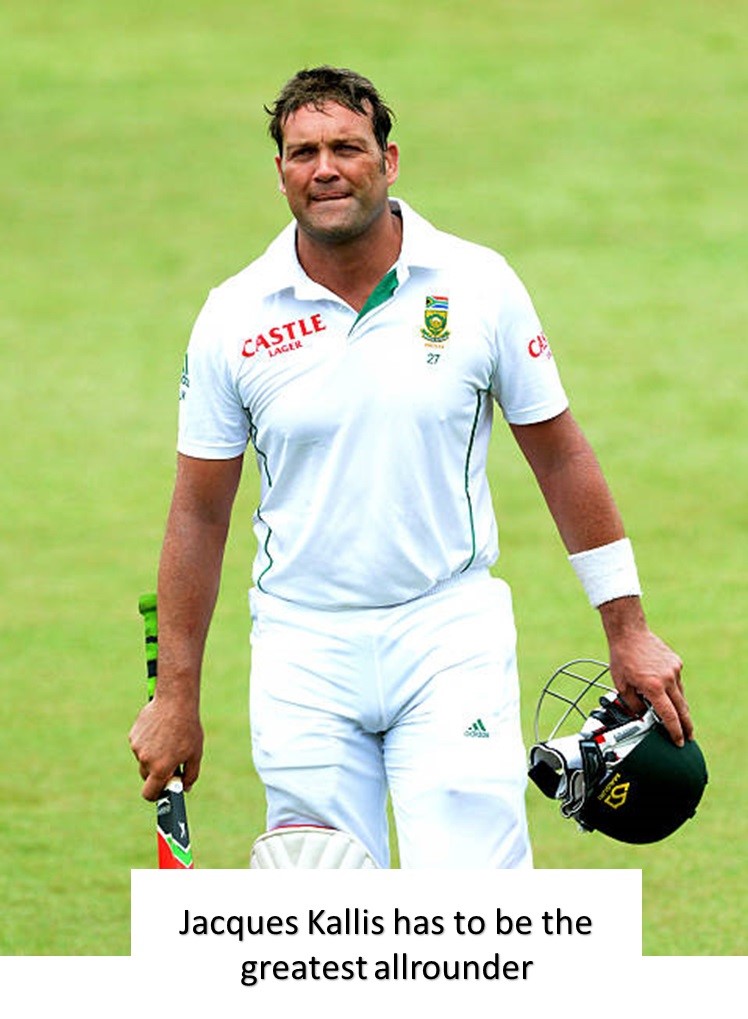
Pace bowling All Rounders have relatively become extinct in the modern game. Except for Hardik Pandya and Ben Stokes, no other international team boasts genuine fast-bowling all-rounders. For Australia, Cameroon Green has shown the potential to become one of the best all-rounders in cricket history.

Slow/ spin bowling all rounders are more common than all rounders in the modern era but they seem to be a handful in the international circuit.

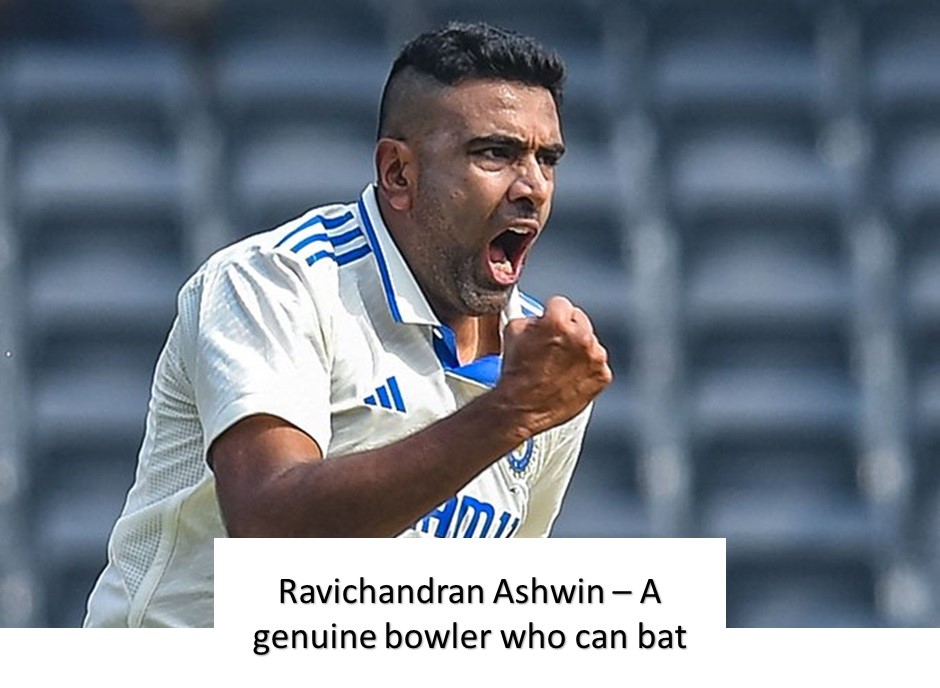
The modern era has also seen a lot of pure specialist batsmen who can roll their arms as genuine spinners like Joe Root for England or Aiden Markaram for South Africa. Specialist spinners like Ravichandran Ashwin or Ravindra Jadeja can be useful batters in the lower middle order.
The best all-rounders in cricket history were either Batting all rounders or Bowling all rounders in the game. Still, unlike the great all-rounders of the past, the modern-day bits and pieces all-rounders most likely will not be regular in the team with only one skill set.
Why is the game of cricket not seeing many fast-bowling all-rounders?
With the T20 format, a genuine fast bowler who can bat well is worth his weight in gold.
Specialized Players vs Bits and Pieces players
In the past, weak teams had genuine useful allrounders that made them be competitive especially in the shorter format of the game, especially in big ICC Tournaments
(India in 1983, Pakistan in 1992, and Sri Lanka in 1996)
Also Read: Top 5 All-Rounders to watch out for in the 2023 Cricket World Cup
In bowling-friendly conditions, a slow medium-pace bowler who can bowl accurately tends to take lots of wickets due to the help he gets from the conditions. So, having all rounders packed in your team in such conditions is easy. The New Zealand and England teams are perfect examples.
But when the team tours in alien and batting-friendly conditions, these slow medium allrounders are taken to the cleaners
In India, Australia, and the West Indies, wicket-taking is hard work and has to be earned. Bits and Pieces part-time bowlers are ineffective.
To counter it, teams rely on specialist bowlers and tend to produce less and less allrounders
A Team with genuine specialists can be a bankable side in all conditions. While specialist batsmen can pile on the runs, specialist bowlers can be genuine wicket-takers.
While in the past, the game was played at a slow pace as compared to the modern game. Batsmen today score at a fair clip and bowlers tend to have better strike rates.
So, bits and pieces cricketers tend to be ignored for a specialist player in stronger teams as compared to weaker teams.
If the Specialist player can also contribute in his nonspecialist skill, he tends to be the modern Allrounder.
Indian Team don’t have all rounders
“The batters have completely stopped bowling in the nets” – Aakash Chopra on why India don’t have all-rounders
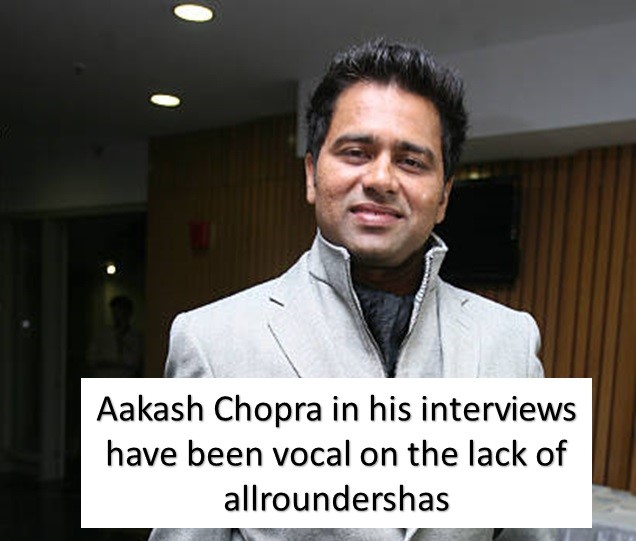
India in the past and till under Captain MS Dhoni were blessed with some of the best all-rounders in cricket history. This could also mean batsmen who could bowl spin. The team composition for India always had the extra 2-3 spinners to bowl if the main bowlers were having a bad day.
Unfortunately, the same is not the case in the current era.
In the past batsmen got their practice by facing the mainstay bowlers in their team in the nets. Batsmen who are part time bowlers also roll their arm in the nets for their team members which gives them adequate bowling practice in the bargain.
After the main bowlers do their net bowling, today the batsman gets their practice with appointed side-arm bowlers and with the assistance of the bowling machine.
The part time bowlers hardly bowls in the nets which makes them under prepared for the match game scenarios. Hence the part time bowlers are hardly used in international matches.
Rohit Sharma, a handy bowler a decade back now hardly bowls.
“Why do our batters don’t bowl? The likes of Yuvraj Singh, Virender Sehwag and Sachin Tendulkar used to bowl but now no one bowls. The batters have completely stopped bowling in the nets, they either bat or field and then they leave. So, it is a big problem.” Said former test opener Aakash Chopra.
Sachin Tendulkar, Virendra Sehwag, Suresh Raina and Yuvaraj Singh were the all-rounders in the Indian cricket Team. Today only Hardik Pandya can be considered an all-rounder in the Indian cricket team.
India’s mindset of excelling in one area is the primary reason for them not producing all-rounders.
SuperSports360 Views
Any kid who starts playing the game in his backyard tends to learn to bat and bowl. So being an allrounder is a natural process, but in real life scenarios it is hardly the case as the player prefers to play as a specialist batsman or bowler.
Another issue with Indian cricket is the obsession of statistics. It’s either a batsman who can score tons of runs or bowlers who can take lots of wickets. A player who scores a bit and takes few wickets is hardly noticed and such players have only one or two spots in the playing eleven as compared to specialists.
The rigors of the game take a toll on the body and to avoid major injuries, players tend to specialize on one skill set.
A fast bowler who can concentrate on the nets practicing batting can be developed to be a better all rounder than the other way around. Fast bowling needs a lot of natural skills while batting can be improved with practice.
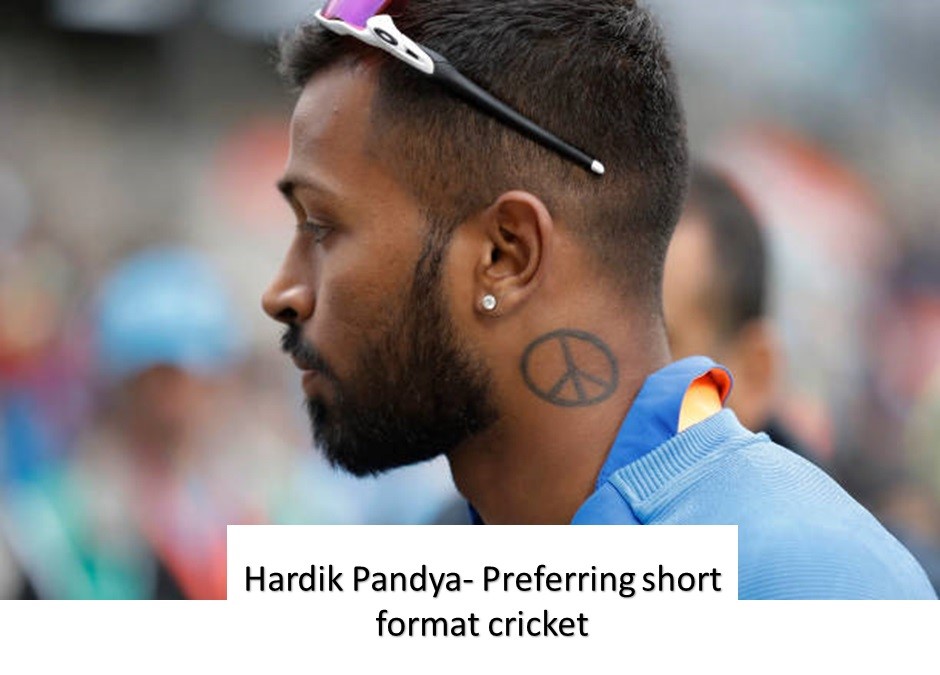
T20 Format is physically less demanding and this may prompt a new breed of future allrounders who only plays the T20 format. Hardik Pandya, the only all-rounder in the Indian cricket Team, prefers only to play the shorter format of the game and is not part of the Test scene. He is also not a regular in the recent ODI team citing injury issues.
In the T20 Franchise cricket, allrounders are the most sought after players and attract very high bids. This should be motivation enough for future cricketers.

Sam Curran, considered one the current best all rounders in cricket, struggles to find a place in the Test Team but is a hot commodity in T20 Cricket.
FAQS
Who is the best all-rounder in cricket – all time
Gary Sobers
Who is the best all-rounder in cricket now
Ravindra Jadeja (Test)


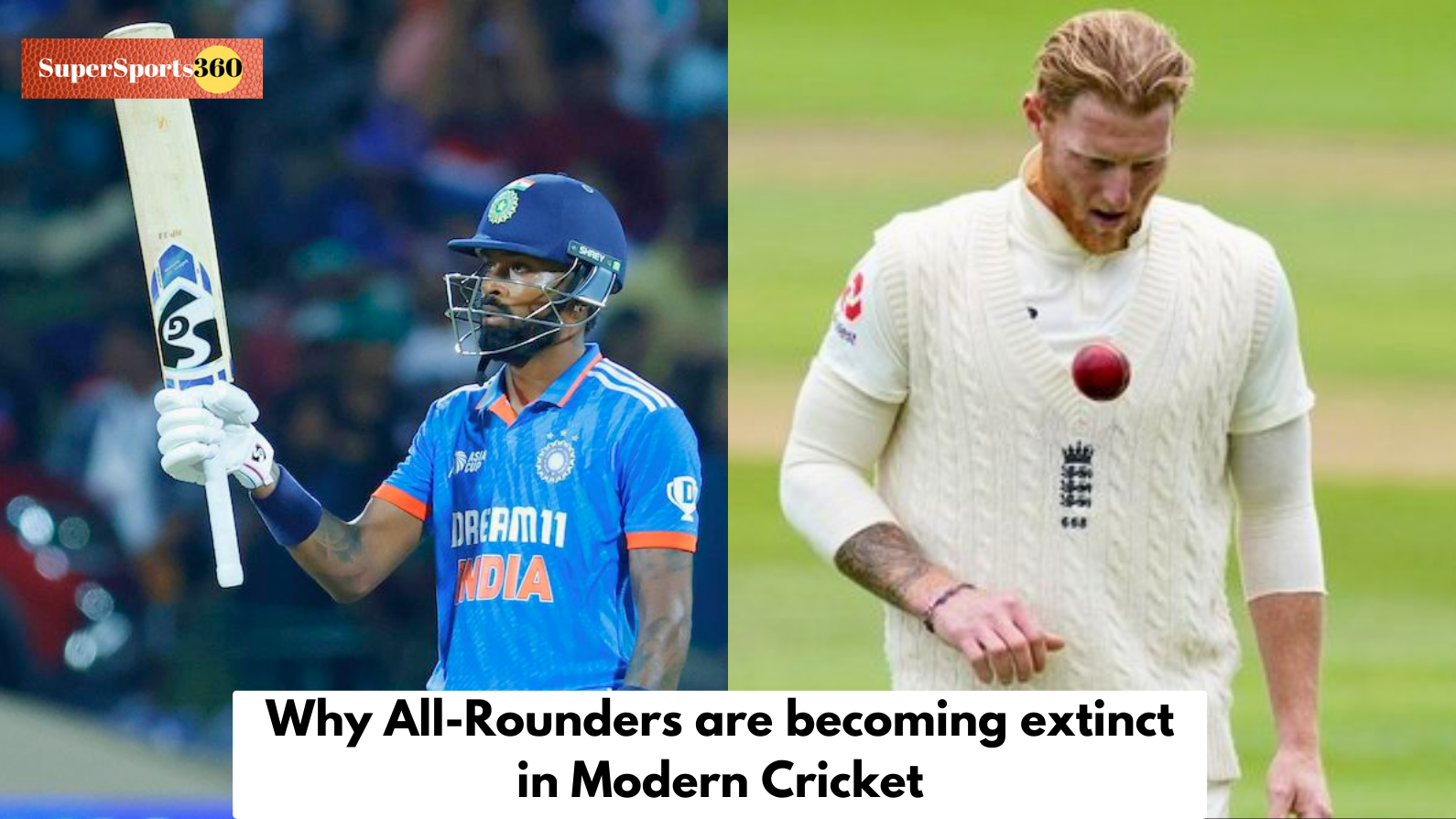
Leave A Comment